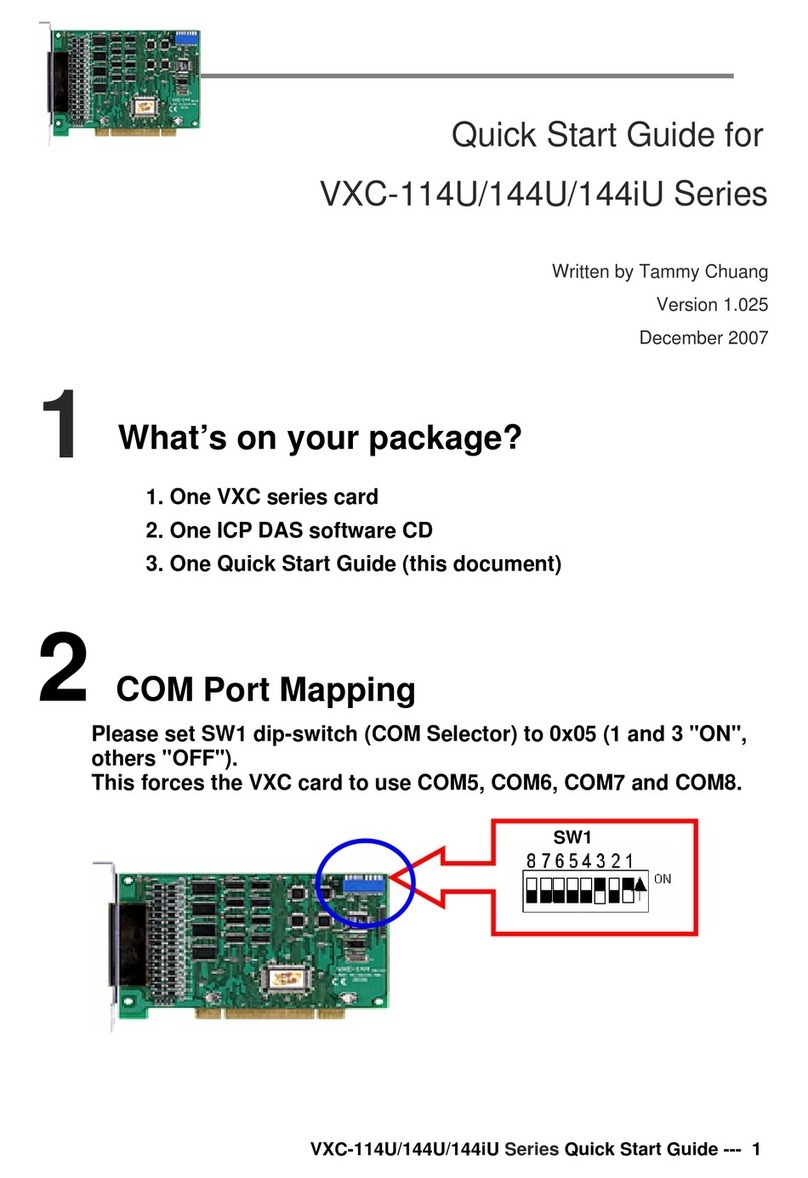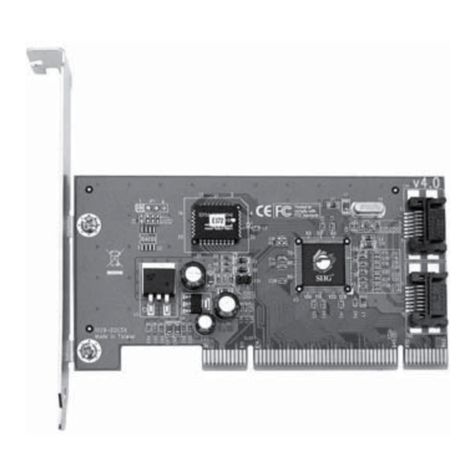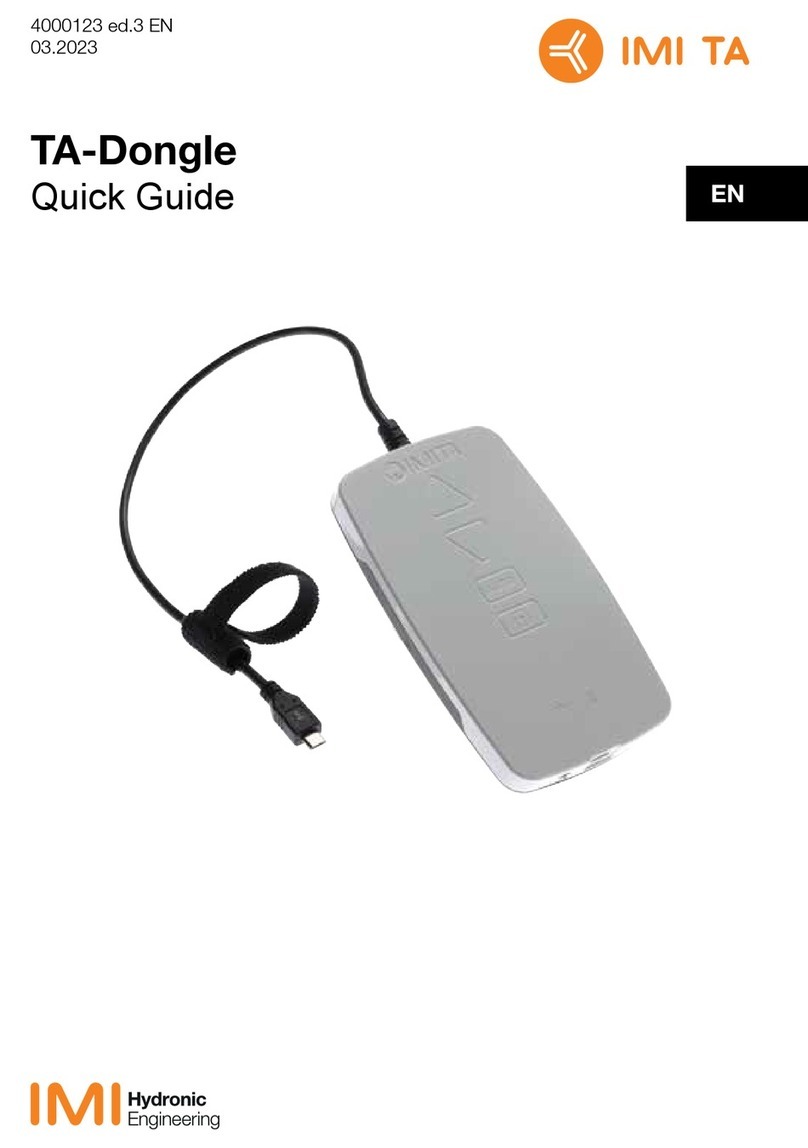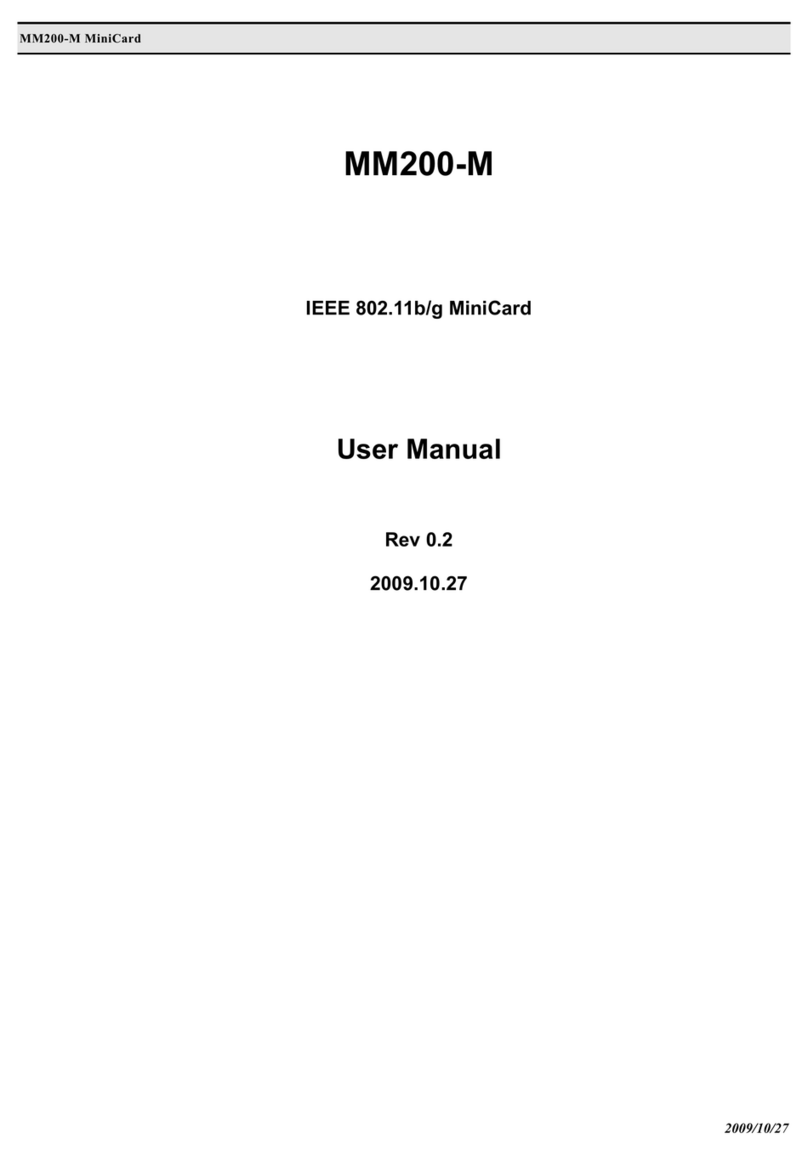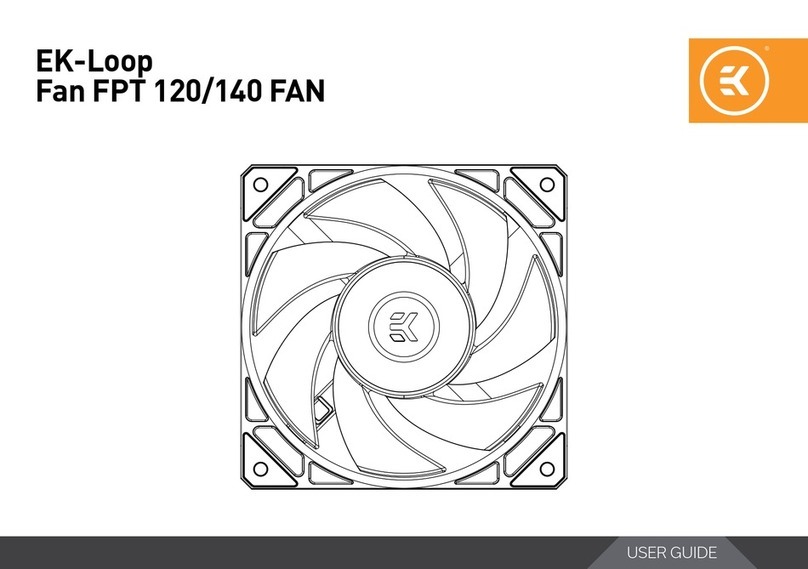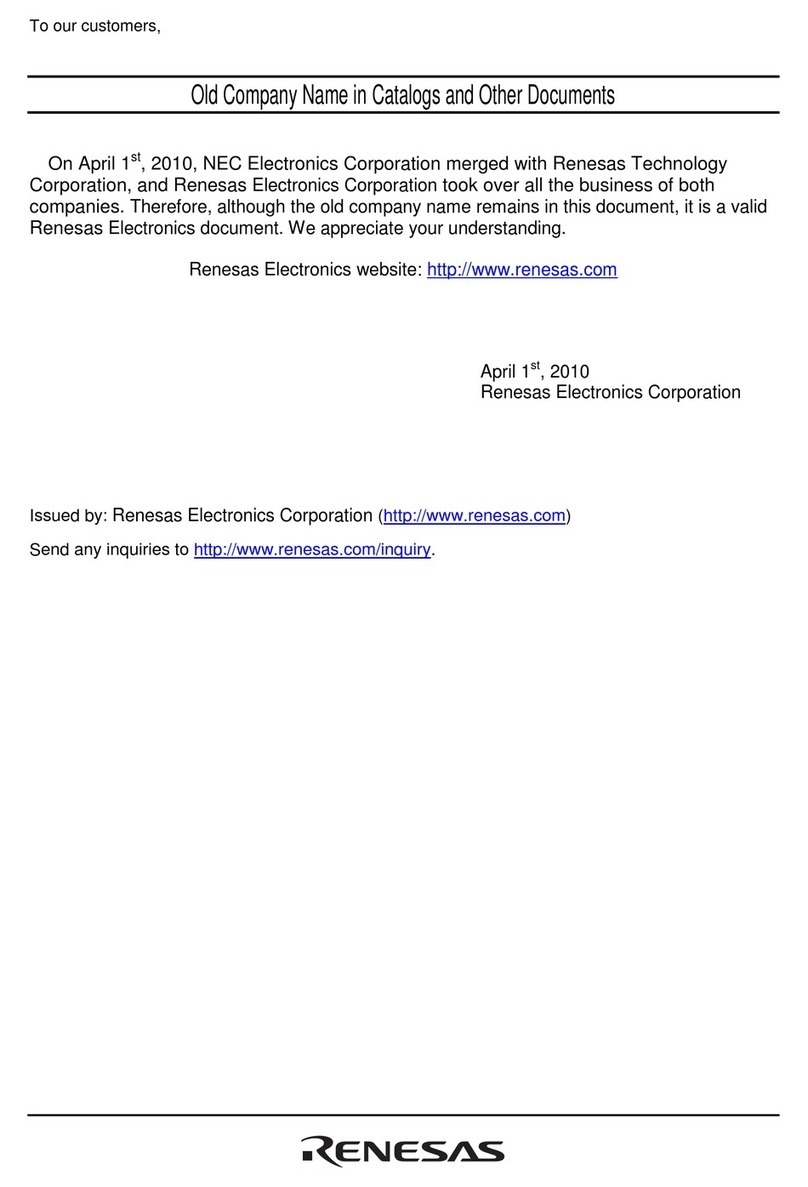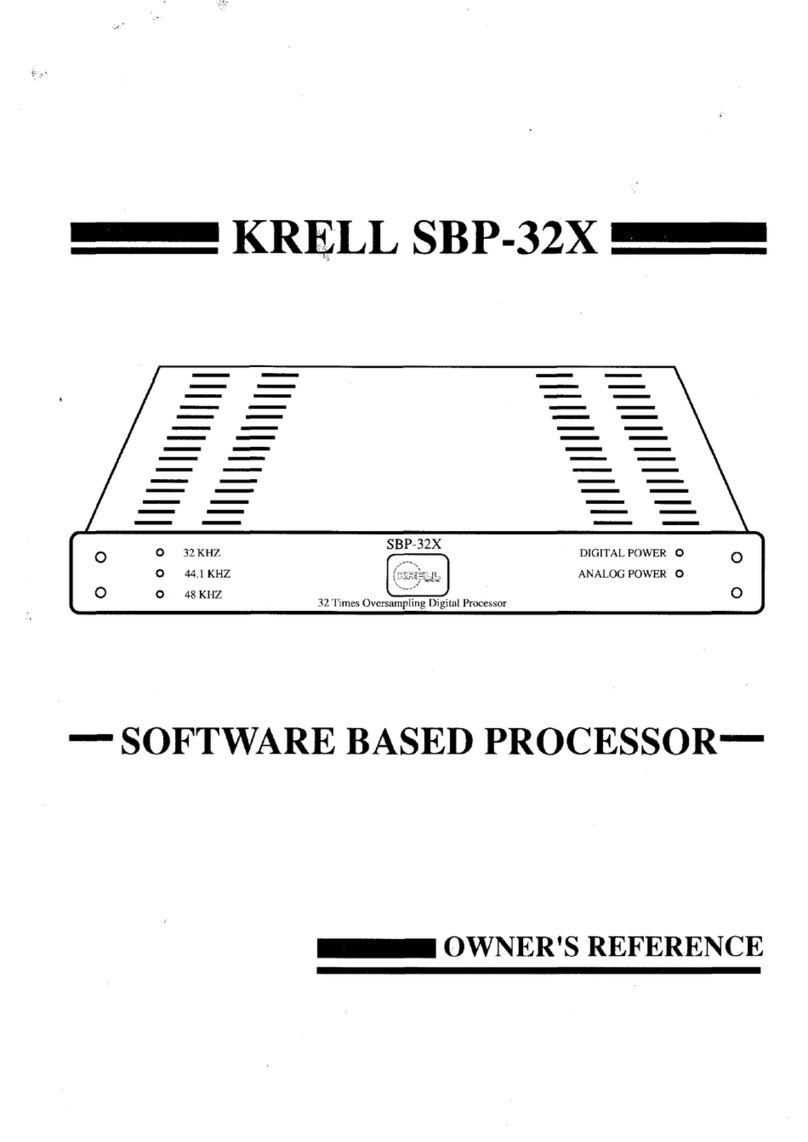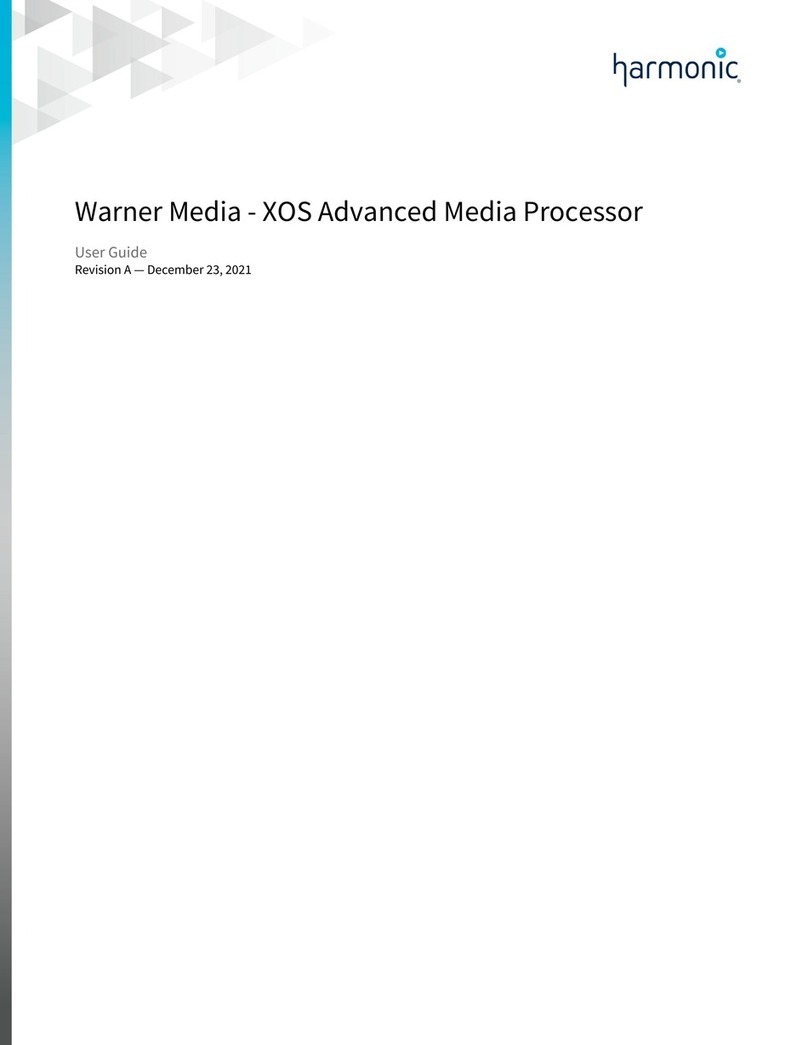Silicon Graphics Zx10 User manual

Silicon Graphics®Zx10
System Board Guide
Document Number 007-4330-001

Contributors
Written by Bryan Cobb, with engineering contributions by Chuck Alexander, James Bullington, Jamey Dobbins, Jeff Elliot, Ron Headley, Ronnie
Sams, Clark Smith, and Joel Whitehead.
Copyright
© 2000 Silicon Graphics, Inc. All rights reserved; provided portions may be copyright in third parties, as indicated elsewhere herein. No
permission is granted to copy, distribute, or create derivative works from the contents of this electronic documentation in any manner, in whole
or in part, without the prior written permission of Silicon Graphics, Inc.
Limited Rights Legend
The electronic (software) version of this document was developed at private expense; if acquired under an agreement with the USA government
or any contractor thereto, it is acquired as "commercial computer software" subject to the provisions of its applicable license agreement, as
specified in (a) 48 CFR 12.212 of the FAR; or, if acquired for Department of Defense units, (b) 48 CFR 227-7202 of the DoD FAR Supplement; or
sections succeeding thereto. Contractor/manufacturer is Silicon Graphics, Inc., 1600 Amphitheatre Pkwy 2E, Mountain View, CA 94043-1351
Notice
Information in this document is subject to change without notice and should not be considered a commitment by Silicon Graphics, Inc. Silicon
Graphics, Inc. shall not be liable for technical or editorial errors in, or omissions from, this document. Silicon Graphics, Inc. shall not be liable
for incidental or consequential damages resulting from the furnishing or use of this document.
Trademarks
Silicon Graphics is a registered trademark, and SGI and the SGI logo are trademarks, of Silicon Graphics, Inc. Intel and Pentium are registered
trademarks of Intel Corporation. ServerSet is a trademark of ServerWorks Corporation. Microsoft is a registered trademark of Microsoft
Corporation. Other brands and product names are trademarks of their respective owners.
FCC/DOC Compliance
This equipment has been tested and found to comply with the limits for a Class B digital device, pursuant to part 15 of the FCC Rules. These
limits are designed to provide reasonable protection against harmful interference when the equipment is operated in a residential installation.
This equipment generates, uses, and can radiate radio frequency energy. If the equipment is not installed and used in accordance with the
instructions, it may cause harmful interference to radio communications. However, there is no guarantee that interference will not occur in a
particular installation.
If this equipment does cause harmful interference to radio or television reception, which can be determined by turning the equipment off and
on, try to correct the interference as follows: reorient or relocate the affected device; increase the separation between this equipment and the
affected device; connect this equipment to an outlet on a circuit different from the circuit to which the affected device is connected; consult a
dealer or an experienced radio/television technician for help.
For additional regulatory information, see the label attached to the back of the equipment.
This Class Bdigital apparatus meets all requirements of the Canadian Interference-Causing Equipment Regulations. Cet appareil numérique de
la classe B respecte toutes les exigencies du Règlement sur le materiél brouilleur du Canada.
Safety Notices
Service and upgrade tasks should be performed by users who can follow instructions in a manual to service equipment, and can do so without
harm to themselves or damage to the equipment.

To reduce the risk of electrical shock and energy hazards, do not attempt to open the equipment unless instructed, and do not use a tool for
purposes other than instructed.
Internal components may be at high temperatures. Allow time for them to cool before handling them.
Internal components can be damaged by static electricity. Use an antistatic wrist strap connected to the bare metal of the system’s chassis to
protect against electrostatic discharge.
Notes
Changes or modifications made to the system that are not approved by the party responsible for compliance could void the user's authority to
operate the equipment.
Procedures in this document assume familiarity with the general terminology associated with personal computers, and with the safety practices
and regulatory compliance required for using and modifying electronic equipment.
Read all operating instructions before using this device. Keep these instructions for future reference. Follow all warnings on the device or in the
operating instructions.


007-4330-002 v
Record of Revision
Version Description
002 September 2000
Initial Rev


007-4330-002 vii
Contents
Figures . . . . . . . . . . . . . . . . . . . . . . . . . . ix
Tables . . . . . . . . . . . . . . . . . . . . . . . . . . xi
About This Guide. . . . . . . . . . . . . . . . . . . . . . . xiii
Getting Documents . . . . . . . . . . . . . . . . . . . . . . xiii
Reader Comments. . . . . . . . . . . . . . . . . . . . . . .xiii
1. Overview . . . . . . . . . . . . . . . . . . . . . . . . . 1
Features and Components . . . . . . . . . . . . . . . . . . . . 1
Block Diagram . . . . . . . . . . . . . . . . . . . . . . . . 4
2. Components . . . . . . . . . . . . . . . . . . . . . . . . 7
Processors . . . . . . . . . . . . . . . . . . . . . . . . . 7
Memory Modules . . . . . . . . . . . . . . . . . . . . . . . 10
Expansion Sockets . . . . . . . . . . . . . . . . . . . . . . . 14
Power and Data Connectors . . . . . . . . . . . . . . . . . . . . 15
Fan Connectors . . . . . . . . . . . . . . . . . . . . . . . 17
ATAPI Connectors. . . . . . . . . . . . . . . . . . . . . . . 20
Jumper Connectors . . . . . . . . . . . . . . . . . . . . . . 22
I/O Port Connectors . . . . . . . . . . . . . . . . . . . . . . 25
Keyboard, Mouse . . . . . . . . . . . . . . . . . . . . . . 25
Parallel . . . . . . . . . . . . . . . . . . . . . . . . . 27
Serial . . . . . . . . . . . . . . . . . . . . . . . . . 28
Universal Serial Bus . . . . . . . . . . . . . . . . . . . . . 29
Ethernet Network. . . . . . . . . . . . . . . . . . . . . . 30
External Wide Ultra2 SCSI (LVDS) . . . . . . . . . . . . . . . . . 31
Audio Line Out, Line In, Microphone . . . . . . . . . . . . . . . . 33
MIDI/Game . . . . . . . . . . . . . . . . . . . . . . . 34

viii 007-4330-002
Contents
Integrated Controllers . . . . . . . . . . . . . . . . . . . . . . 35
SCSI Controller . . . . . . . . . . . . . . . . . . . . . . 35
Network Controller . . . . . . . . . . . . . . . . . . . . . 36
Audio Controller . . . . . . . . . . . . . . . . . . . . . . 36
Hardware Monitoring and Power Management . . . . . . . . . . . . . . 37
CMOS/Clock Lithium Battery . . . . . . . . . . . . . . . . . . . 39
3. BIOS Setup . . . . . . . . . . . . . . . . . . . . . . . . . 43
BIOS Overview . . . . . . . . . . . . . . . . . . . . . . . . 43
Using BIOS Setup . . . . . . . . . . . . . . . . . . . . . . . 43
BIOS Setup Screens. . . . . . . . . . . . . . . . . . . . . . . 44
Main Screen . . . . . . . . . . . . . . . . . . . . . . . . . 45
Advanced Screen . . . . . . . . . . . . . . . . . . . . . . . 46
Security Screen . . . . . . . . . . . . . . . . . . . . . . . . 46
Misc. Screen . . . . . . . . . . . . . . . . . . . . . . . . . 48
Boot Screen . . . . . . . . . . . . . . . . . . . . . . . . . 48
Exit Screen . . . . . . . . . . . . . . . . . . . . . . . . . 49
Using CMOS Reset . . . . . . . . . . . . . . . . . . . . . . . 49
Updating the System BIOS . . . . . . . . . . . . . . . . . . . . 50
4. Resources . . . . . . . . . . . . . . . . . . . . . . . . . 51
ISA Interrupt Requests (IRQs) . . . . . . . . . . . . . . . . . . . 51
PCI-to-ISA Interrupt Map . . . . . . . . . . . . . . . . . . . . . 52
Direct Memory Access (DMA) Channels . . . . . . . . . . . . . . . . 53
Input/Output (I/O) Map . . . . . . . . . . . . . . . . . . . . . 53
Memory Map . . . . . . . . . . . . . . . . . . . . . . . . 56
5. Messages . . . . . . . . . . . . . . . . . . . . . . . . . 57
POST Tasks and Beep Codes . . . . . . . . . . . . . . . . . . . . 57
Error Messages . . . . . . . . . . . . . . . . . . . . . . . . 63

007-4330-002 ix
Figures
Figure 1-1 133MHz FSB Block Diagram . . . . . . . . . . . . 5
Figure 1-2 Major Components of the System Board. . . . . . . . . 6
Figure 2-1 Installed Processor . . . . . . . . . . . . . . . 8
Figure 2-2 Processor Attachment . . . . . . . . . . . . . . 9
Figure 2-3 Processor Bus Terminator Card . . . . . . . . . . . 10
Figure 2-4 Memory ModuleSockets and Banks . . . . . . . . . . 11
Figure 2-5 Dual Inline Memory Module (DIMM) Insertion . . . . . . 12
Figure 2-6 DIMM Terminator Module . . . . . . . . . . . . 12
Figure 2-7 Expansion Sockets . . . . . . . . . . . . . . . 15
Figure 2-8 Power and Data Connectors . . . . . . . . . . . . 16
Figure 2-9 Fan4 Connector . . . . . . . . . . . . . . . . 17
Figure 2-10 Fan3 Connector . . . . . . . . . . . . . . . . 18
Figure 2-11 Fan1 and Fan Connectors . . . . . . . . . . . . . 19
Figure 2-12 (ATAPI) Connectors . . . . . . . . . . . . . . 21
Figure 2-13 Jumper Connectors. . . . . . . . . . . . . . . 23
Figure 2-14 JP3 Spread Spectrum Control . . . . . . . . . . . . 24
Figure 2-15 Input/Output (I/O) Port Connectors . . . . . . . . . 25
Figure 2-16 Keyboard or Mouse Ports . . . . . . . . . . . . . 26
Figure 2-17 Parallel Port . . . . . . . . . . . . . . . . . 27
Figure 2-18 Serial Port . . . . . . . . . . . . . . . . . 28
Figure 2-19 Universal Serial Bus (USB) Port . . . . . . . . . . . 29
Figure 2-20 Ethenet Network Port . . . . . . . . . . . . . . 30
Figure 2-21 External Wide Ultra2 SCSI (LVDS) Port . . . . . . . . . 31
Figure 2-22 Audio Line Out, Line In, and Microphone Ports . . . . . . 33
Figure 2-23 MIDI/Game Port . . . . . . . . . . . . . . . 34
Figure 2-24 System Board Power/Status LED . . . . . . . . . . 39
Figure 2-25 CMOS/Clock Lithium Battery . . . . . . . . . . . 40


007-4330-002 xi
Tables
Table 1-1 Main Features and Components . . . . . . . . . . . 1
Table 2-1 Memory Configurations . . . . . . . . . . . . . 13
Table 2-2 ATAPI Connectors . . . . . . . . . . . . . . . 20
Table 2-3 Jumper Connectors. . . . . . . . . . . . . . . 22
Table 2-4 Keyboard/Mouse Ports . . . . . . . . . . . . . 26
Table 2-5 Parallel Port . . . . . . . . . . . . . . . . . 27
Table 2-6 Serial Port . . . . . . . . . . . . . . . . . 28
Table 2-7 Universal Serial Bus (USB) Port . . . . . . . . . . . 29
Table 2-8 Ethernet Network Port. . . . . . . . . . . . . . 30
Table 2-9 External Wide Ultra2 SCSI (LVDS) Port . . . . . . . . . 31
Table 2-10 Audio Line Out, Line In, and Microphone Ports . . . . . . 33
Table 2-11 MIDI/Game Port . . . . . . . . . . . . . . . 34
Table 2-12 Base Unit Power LED . . . . . . . . . . . . . . 38
Table 2-13 System Board Power/Status LED . . . . . . . . . . 38
Table 3-1 Main Screen Parameters . . . . . . . . . . . . . 45
Table 3-2 Advanced Screen Parameters . . . . . . . . . . . . 46
Table 3-3 Security Screen Parameters . . . . . . . . . . . . 47
Table 3-4 Misc. Screen Parameters . . . . . . . . . . . . . 48
Table 3-5 Exit Screen Parameters. . . . . . . . . . . . . . 49
Table 4-1 ISA Interrupt Requests. . . . . . . . . . . . . . 51
Table 4-2 PCI-to-ISA Interrupt Map . . . . . . . . . . . . . 52
Table 4-3 DMA Channels . . . . . . . . . . . . . . . . 53
Table 4-4 I/O Map. . . . . . . . . . . . . . . . . . 53
Table 4-5 Memory Map . . . . . . . . . . . . . . . . 56
Table 5-1 Test Point Codes . . . . . . . . . . . . . . . 57
Table 5-2 Error Messages . . . . . . . . . . . . . . . . 63


007-4330-002 xiii
About This Guide
This System Board Guide provides detailed information on the Silicon Graphics Zx10
system board. The document is organized as follows:
•Chapter 1, “Overview”introduces the system board, its features, and its major
components.
•Chapter 2, “Components”locates and describes the major components on the
system board.
•Chapter 3, “BIOS Setup”describes the BIOS Setup program and the system’s BIOS
settings.
•Chapter 4, “Resources”lists and describes system board resources.
•Chapter 5, “Messages”lists and describes messages produced by the system board.
Getting Documents
To obtain SGI documents, go to the SGI Technical Publications Library pages on the
World Wide Web at http://techpubs.sgi.com.
Reader Comments
If you have comments about the technical accuracy, content, or organization of this
document, please tell us. Be sure to include the title and document number of the manual
with your comments. (Online, the document number is located in the front matter of the
manual. In printed manuals, the document number can be found on the back cover.)
You can contact us in any of the following ways:
•Send e-mail to [email protected].

xiv 007-4330-002
About This Guide
•Use the Feedback option on the Technical Publications Library pages on the World
Wide Web at http://techpubs.sgi.com.
•Contact your customer service representative and ask that an incident be filed in the
SGI incident tracking system.
•Send mail to the following address:
Technical Publications
SGI
1600 Amphitheatre Parkway, M/S 535
Mountain View, California 94043-1351
•Send a fax to the attention of “Technical Publications”at +1 650 932 0801.
We value your comments and will respond to them promptly.

007-4330-002 1
Chapter 1
1. Overview
This chapter describes the system board, its features, and its major components.
Features and Components
Table 1-1 Main Features and Components
Main Features Components
Processors Dual Intel SC242 (Slot 1) support
Intel Pentium III processors
Two integrated voltage regulators
133 MHz 64-bit front-side bus (FSB)
System Chipset ServerWorks ServerSet III WS
Streaming Multiport Controllers
266 MHz 32-bit fast I/O interface
AGP controller –one AGP Pro expansion socket
USB controller –four Universal Serial Bus (USB) ports –two external, one
internal, one for the AGP controller
EIDE controller –two Peripheral Component Interconnect (PCI)
bus-mastering EIDE channels
I/O Controller SMC FDC37B787
Controls keyboard, mouse, real-time clock, and floppy disk
Two serial ports, one parallel port

2007-4330-002
1: Overview
Memory PC133 Synchronous Dynamic Random Access Memory (SDRAM)
Six 168-pin registered dual-inline memory module (DIMM) sockets
Supports 72-bit Error Correction Code (ECC) memory modules
Four banks, two DIMMs per bank, two-way interleaved
133 MHz 128-bit memory bus
SCSI Controller LSI 53C1010
Low-voltage differential (LVD) Ultra 3 SCSI bus
Two 16-bit 80 MHz SCSI channels
Two high-density (HD) 68-pin SCSI connectors
320 MB/sec Ultra 3 SCSI throughput
Handles both Ultra2 and Ultra3 devices at their assigned transfer rates
Network Controller Intel 82559
100 Mbit/sec and 10 Mbit/sec Ethernet network interface
Wake-on-Modem support
Wake-on-LAN support
Audio Controller Creative Labs ES1373 AudioPCI
Audio Codec ’97 (AC97)
Advanced Technology Attachment Packet Interface (ATAPI) CD-ROM
audio header, modem audio header, and video header
Expansion Sockets One full-length AGP Pro socket
Two full-length fast/wide PCI sockets (64 bits, 66 MHz/33 MHz, 3.3 V)
Four full-length wide PCI sockets (64 bits, 33 MHz, 5 V)
One full-length Industry Standard Architecture (ISA) socket (16 bits)
Input/Output Ports One PS/2 mouse port (6-pin mini-DIN)
Table 1-1 (continued) Main Features and Components
Main Features Components

Features and Components
007-4330-002 3
One PS/2 keyboard port (6-pin mini-DIN)
One parallel (LPT) port (25-pin D-sub)
Two serial (COM) ports (9-pin D-sub)
Two USB ports (self-identifying, hot-pluggable, 12 MB/sec)
One SCSI port (68-pin HD) –Ultra 3
One Ethernet port (8-pin RJ-45)
One each microphone in, line in, and line out audio ports (PC standard
1/8-inch phone jacks)
One MIDI/game port (15-pin D-sub)
Four ATAPI connectors (internal) –CD IN, VIDEO IN, MONO IN, MPEG
IN
BIOS Phoenix BIOS
Supports Advanced Configuration and Power Interface (ACPI)
Supports Desktop Management Interface (DMI)
Supports PC99
Supports S0, S1, S3, and S5 system states
Auto-configuration of IDE hard disk types
Form Factor Extended ATX (12 in x 13 in)
Two 20-pin ATX power connectors
Stacked input/output ports
Voltage and Power ATX power supply connectors
+12V variable power source for DC fans
3.3 V SDRAM memory support
System
Management Monitoring of all system voltages and four temperature points
Table 1-1 (continued) Main Features and Components
Main Features Components

4007-4330-002
1: Overview
Block Diagram
Figure 1-1 on the following page shows the major system board components and
connections.
Fan headers with monitoring and control functions
Chassis intrusion alert header
Temperature and voltage monitoring
Wake-on-Modem header
Wake-on-LAN header
Regulatory
Compliance FCC Class B (Declaration of Conformity)
European Community CE (Declaration of Conformity)
Underwriter’s Laboratories
Table 1-1 (continued) Main Features and Components
Main Features Components

Block Diagram
007-4330-002 5
Figure 1-1 133MHz FSB Block Diagram

6007-4330-002
1: Overview
Figure 1-2 calls out the system board’s major components. More detailed information on
system board components is found in Chapter 2, “Components”.
Figure 1-2 Major Components of the System Board
Power and data
connectors
Memory module
sockets
I/O ports
Expansion
sockets
CMOS/Clock
battery
Processor
socket Processor
socket
Table of contents
Other Silicon Graphics Computer Hardware manuals
Popular Computer Hardware manuals by other brands
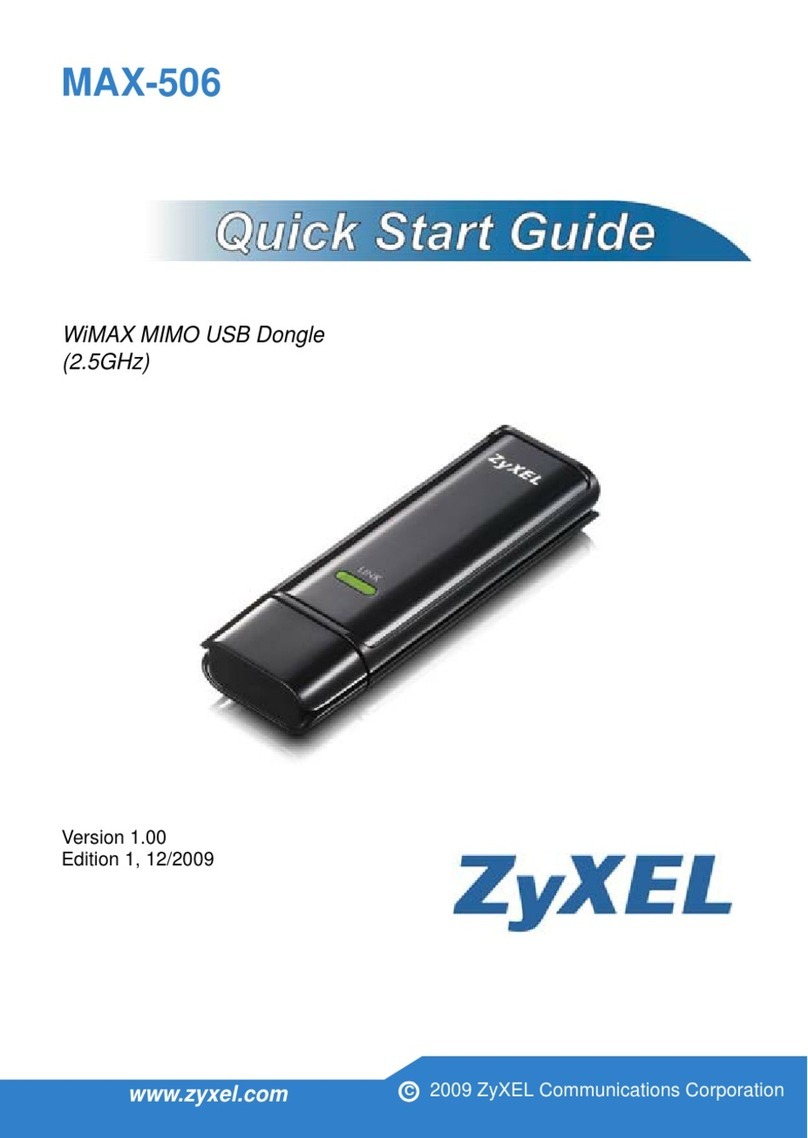
ZyXEL Communications
ZyXEL Communications MAX-506 - V1.00 quick guide
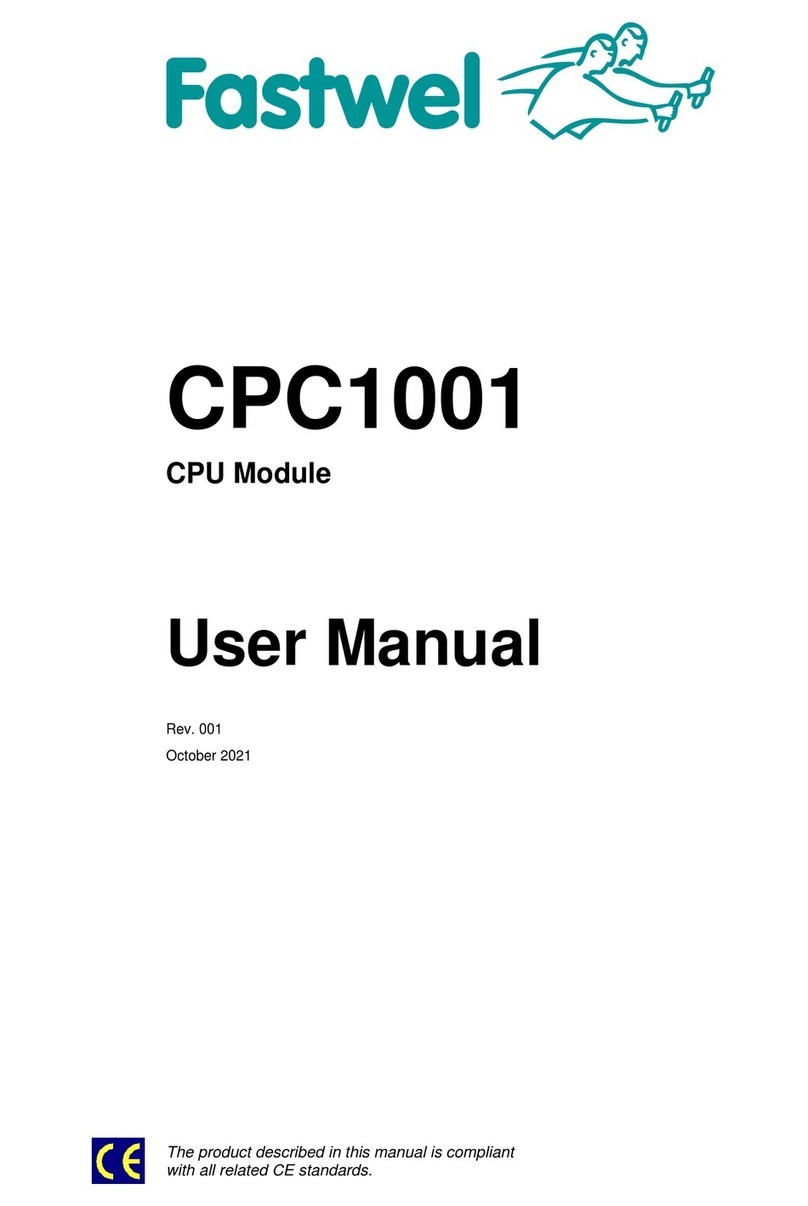
Fastwel
Fastwel CPC1001 user manual

Alto
Alto PA MONITOR PROCESSOR user manual
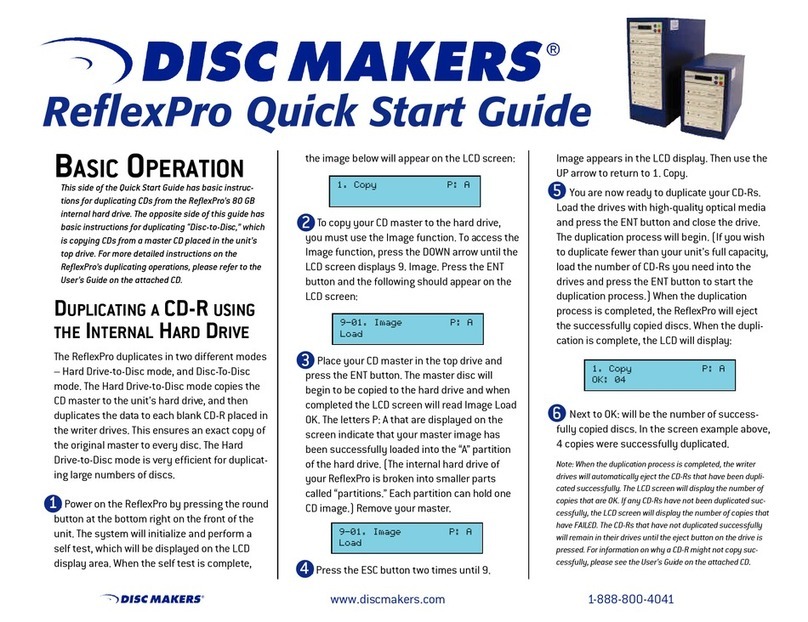
Disc Makers
Disc Makers ReflexPro4 quick start guide
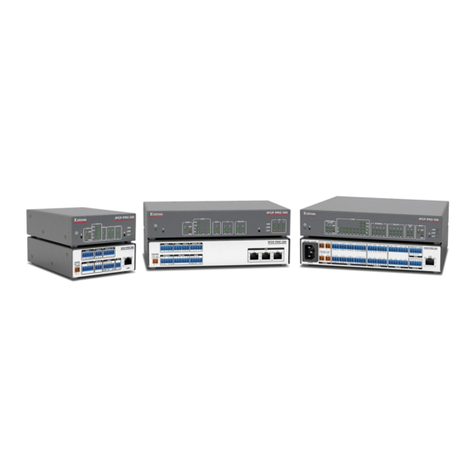
Extron electronics
Extron electronics IPCP Pro Series Setup guide
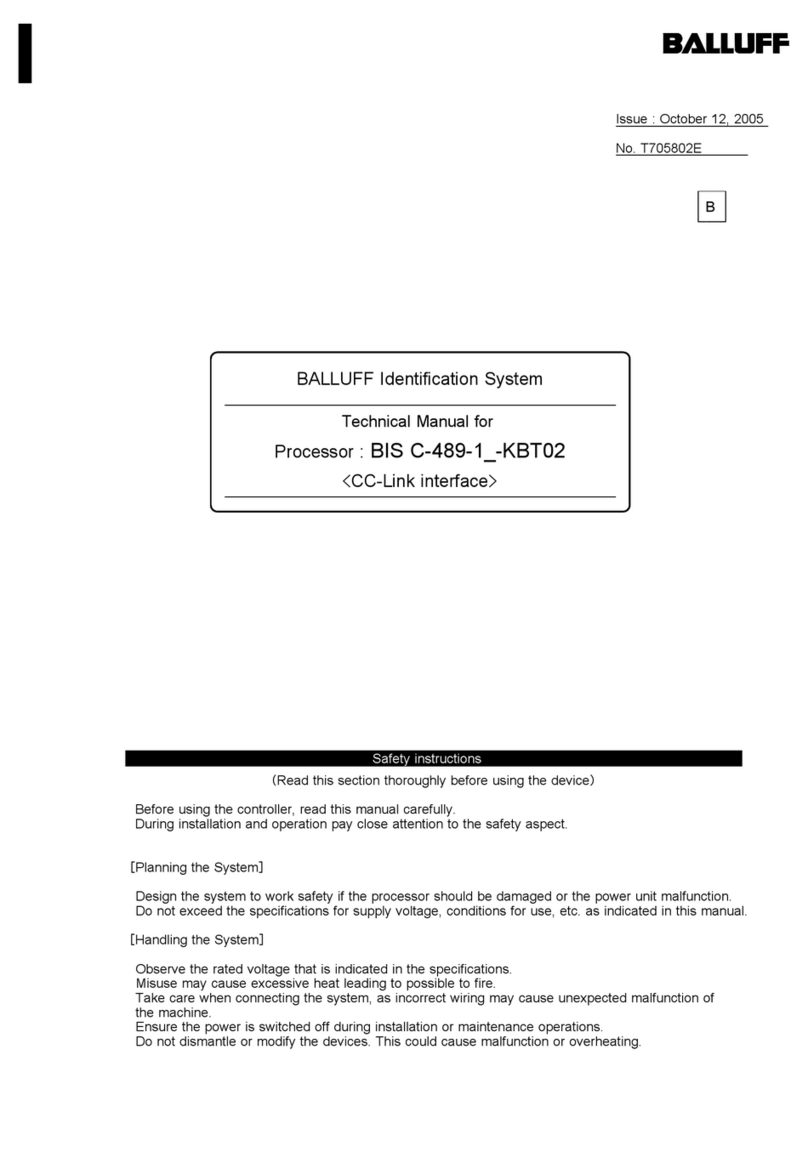
Balluff
Balluff BIS Series Technical manual
